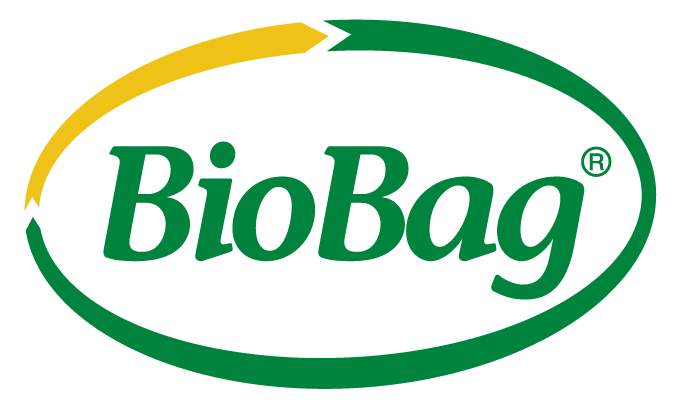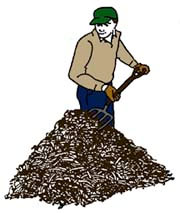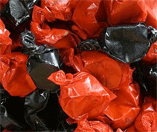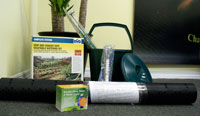BioBag Employee Sharpens The Saw
This is the third part of the Compost Happens – BioBag Employee Sharpens The Saw. For those of you that missed part one & two, you can read it on the BioBag blog,
here. I appreciated all the comments and I hope someone learned a thing or two from the previous installments. Let’s now leap into the continuation of Compost Happens.
Part 3 will go over the Two Most Popular Types of Compost Units.
Types of Compost Units
Compost units can be classified in many ways but the two most popular are “holding units” and “turning units”. Holding units include bins which have been constructed from wire, wood, masonry, plastic, or combo of these materials. Turning units normally include barrels that are turned horizontally or end to end.
When setting up a holding or turning bin, make sure it is in an area protected from drying winds and where it can be reached by a garden hose. It is also a good idea to place the unit/bin in a shady area, away from direct sunlight.
Holding Bin Units
Holding Bins are most popular type of home yard compost unit. They are the simplest and least expensive type of bin however, they are slower to product compost. Depending on the maintenance, these can take 6 months to 2 years to produce finished compost.
No matter if you are using wire, wood or plastic, the bin composting units should be at least 3 feet wide, 3 feet long and 3 feet high. Larger constructed units will work even better because of better heat retention.
It is very beneficial to construct two or three units/segments like the one pictured. These types of units facilitate turning and maturing of the composting material. You start at one end of the unit by adding your mixture of browns and greens (30:1). As the first pile decomposes, you move it down to the second section and start all over in the first section. As the second section breaks down even more, you move it to the third section for final curing. Once the third section is finished composting and the compost has been collected, you move the second into the third, the first into the second and start all over again with the first. You’ll always have compost in its different decomposition stages.
Whether you use the sectional holding bin or a single section holding bin, the best way to go about creating a compost pile is the Sandwich Method.
- Alternate 3” – 4” layers of green and brown material
- Water each layer until moist (not wet) before adding an additional layer on top
- Keep layering until the pile is about 3 feet tall, ending with a layer of browns (Smaller particles decompose faster so try to mulch or cut up the larger yard and food scraps)
Turning Units
The turning units should produce compost more quickly than a holding unit, if they are attentively managed. They can produce compost in two months or less. Barrel units tend to have smaller capacities than most other bins, including holding bins, which make them better suited for people with small amounts of yard trimmings and food scraps. Turning units are a great option for deterring pests however, organic waste shouldn’t be continuously added but stockpiled until the first batch as been processed. As you can imagine, stockpiling organics in itself can be problematic.
The most commonly used turning units are plastic barrels like the one pictured. Barrel compost units can be turned on either the vertical or horizontal axis depending on the manufacturer set up or how you build one.
To purchase a holding unit turning unit, check out our Vendor of the Month: mygreenmind.com or gardeners.com
If you are looking to build your own composting unit, check out the step-by-step instructions on
The University of Missouri’s Extension Web page here.
Looks like we will be continuing on to Part 4 where we will talk about maintaining your compost pile. Parts 1- 3 and future “parts” will all be archived on our Blog!
If you would like to take a composting class, check out your local county website. My class was put on for FREE by the Florida Cooperative Extensive Service of the University of Florida. There are classes just like this one across the U.S
This Month’s BIG SHOUT-OUT goes to San Francisco, CA!
On November 22, the City of San Francisco celebrated its one-millionth ton of collected organic waste. The city has the highest organic collection rate in the nation. This massive program collects the city’s organic waste, diverts it from landfills and turns into nutrient-rich compost. The symbolic one-millionth ton was collected at Scoma’s Restaurant where Chef Bennett said that they have given tours of their dumpsters to people from all over the world and they recycle 95% of their total waste.
San Francisco-based Recology, the hauler that collects the city’s organics, started collecting food scraps and other organic materials from residents and businesses in 1996. It took 15 years to get to the first million but Recology’s Mike Sangiacomo thinks they’ll do the second in 5.
Currently, San Francisco is recycling 78% of its garbage with a 2020 goal to be a completely zero waste city.
Congratulations to the City of San Francisco and all the participating businesses, organizations and residents of this program. One Million Tons is truly an amazing and inspirational accomplishment.
For more information and the full article visit, NBC Bay Area.



























